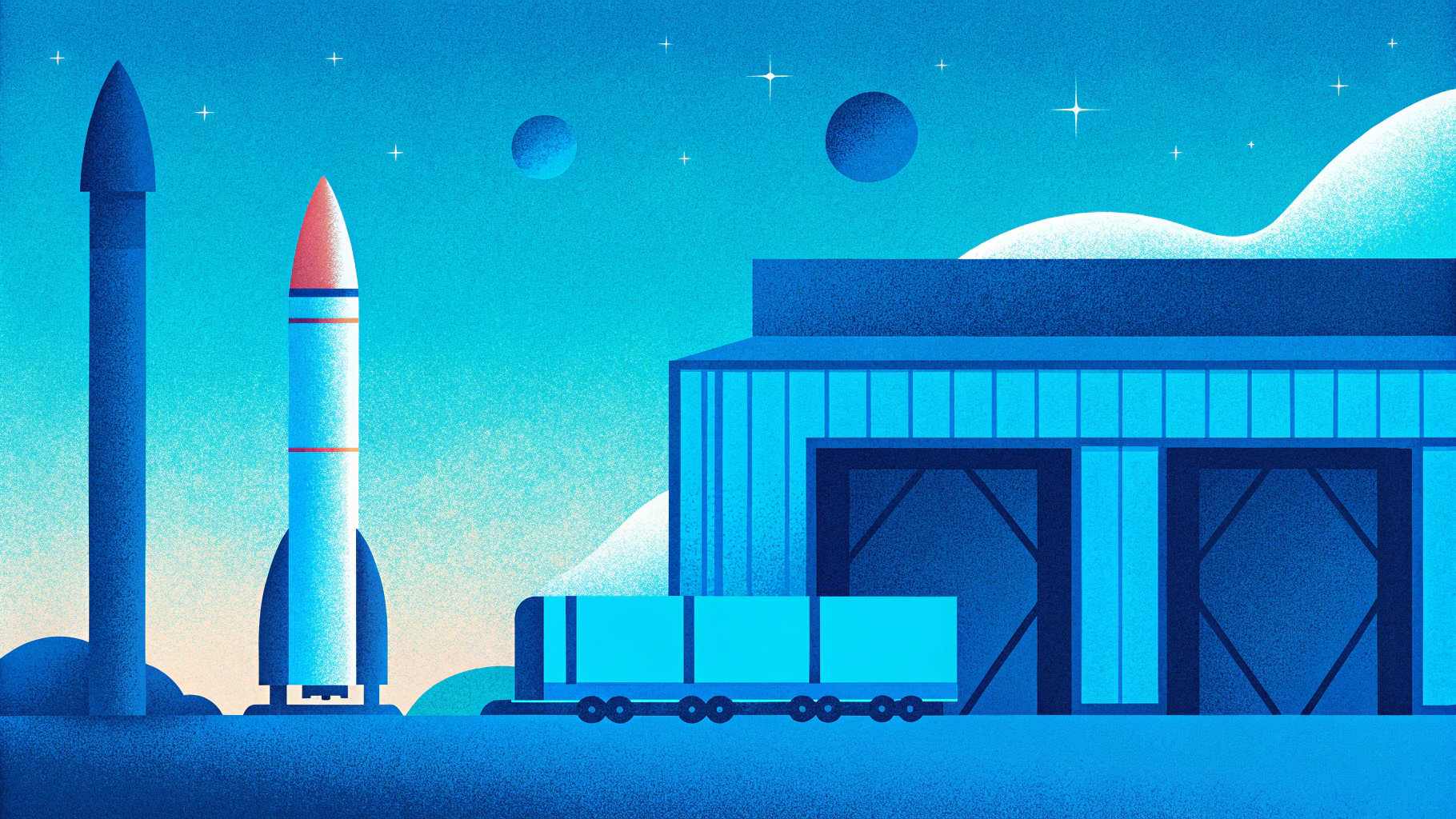Blog

How We Solved AI Hallucinations in Chatbots (The Simple Way)
AI chatbots sometimes recommend products that don't exist. Here's how we fixed this problem with a straightforward regex-based solution after fancy approaches didn't work.

Customer Satisfaction Measurement Methods: Complete Guide for 2025
Master customer satisfaction measurement with CSAT, NPS, CES, and advanced analytics. Proven methods to track, analyze, and improve customer experience across all touchpoints.

HubSpot Integration is Here: Seamless Lead Sync for Better Customer Management
We're excited to announce our new HubSpot integration! Now you can automatically sync leads from Chatisto to HubSpot for unified customer management.

January & February 2025 Updates
A summary of the updates I've made to our platform in January and February 2025, including Email Integration (Invite-Only Beta), AI Chatbot, Google Login, and Billing Management.

The Sales Leaders Guide to Chatbot Implementation
Learn how to implement a chatbot to improve your sales process.

The Proven Benefits of Customer Service Automation in 2025: Data & Success Stories
Learn about the proven benefits of customer service automation in 2025.

Methods of Customer Satisfaction: 7 Proven Approaches for 2025
Discover the most effective methods for achieving customer satisfaction. Learn proven strategies, implementation techniques, and measurement approaches that drive loyalty.

Service Metrics That Matter: Complete Guide to Customer Service KPIs
Master customer service metrics with our comprehensive guide. Learn which KPIs matter most, how to measure them, and how to use data to improve service quality.

Best Chat Widget for Website: Complete Guide to Live Chat Implementation
Discover the best chat widget solutions for your website. Learn how to choose, implement, and optimize live chat for maximum customer engagement.
Welcome to Chatisto
Learn about our AI-powered live chat solution and how it can transform your customer support experience.